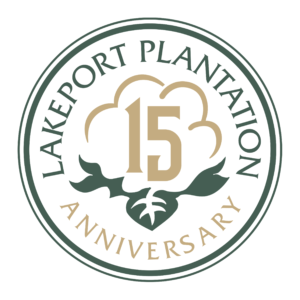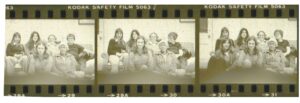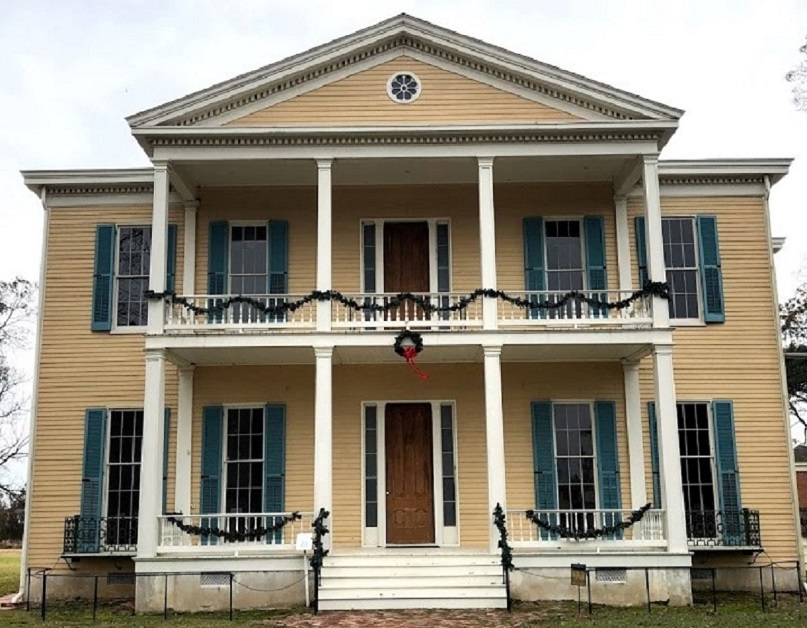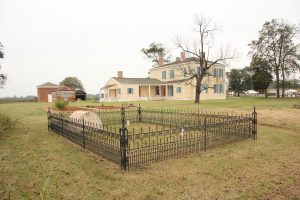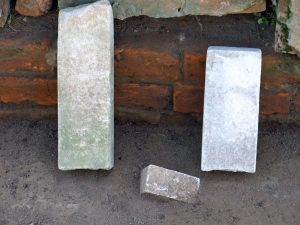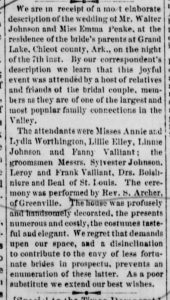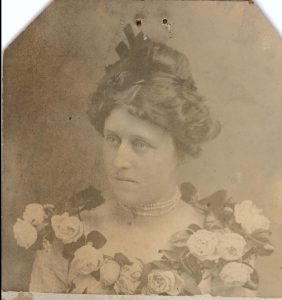History of the Mississippi Reading Retreat – April 5, 2025
Lakeport Plantation Museum will host a Reading Retreat focused on the Mississippi River on April 5th, 2025 from 1:00 – 4:00 pm.
The two books are Wicked River: The Mississippi When It Last Ran Wild by Lee Sandlin and The Great River: The Making and Unmaking of the Mississippi by Boyce Upholt.
Sandlin’s Wicked River focuses on the Mississippi River from the early 1800s to the 1863 siege of Vicksburg when the Mississippi River Valley was the western edge of the United States.
Upholt’s The Great River traces this history of the Mississippi from its geological formation, to its use by indigenous peoples, to levee building and the modern era.
Upon registration, participants will receive copies of both books to read at their convenience.
Participants will gather at Lakeport Plantation Museum on Saturday, April 5th
for an afternoon of discussion from 1:00 pm to 4:00 pm.
The cost of the retreat is $45 for members and $50 for non-members.
Registration includes copies of the two books and light refreshments.
For additional information about the retreat or to register,
contact Lakeport Plantation Museum at 870-265-6031 or email roloughlin@astate.edu.






